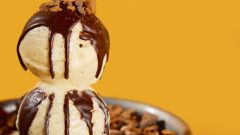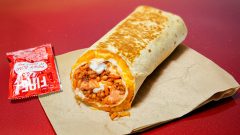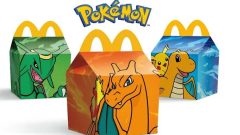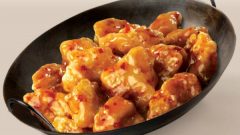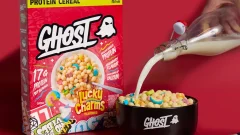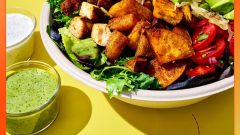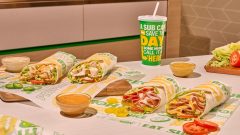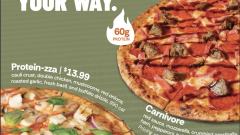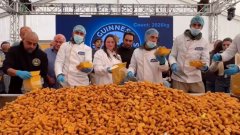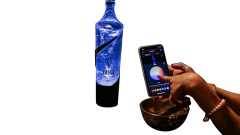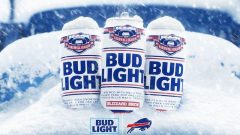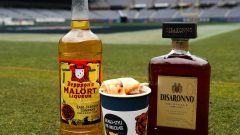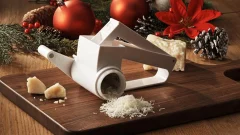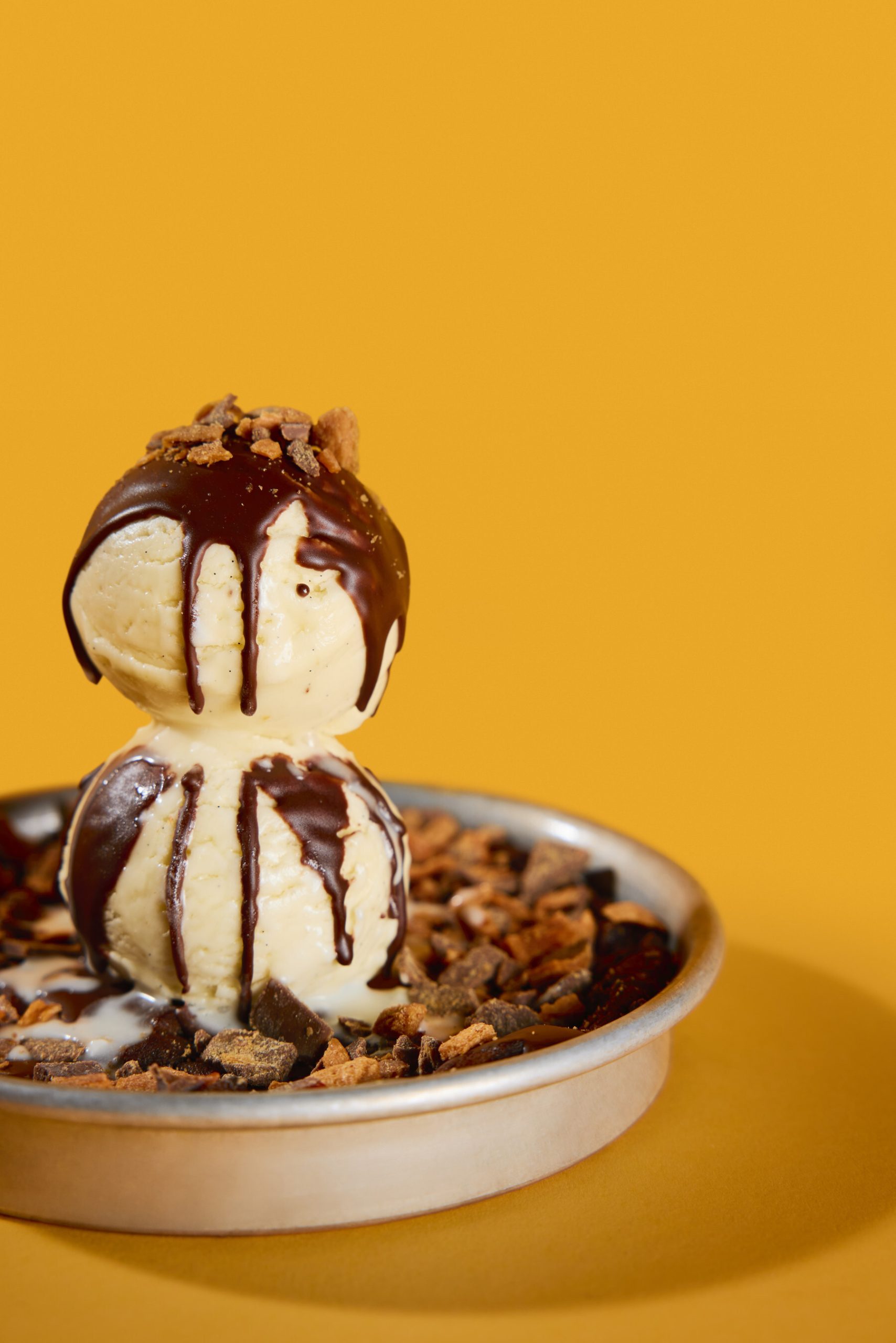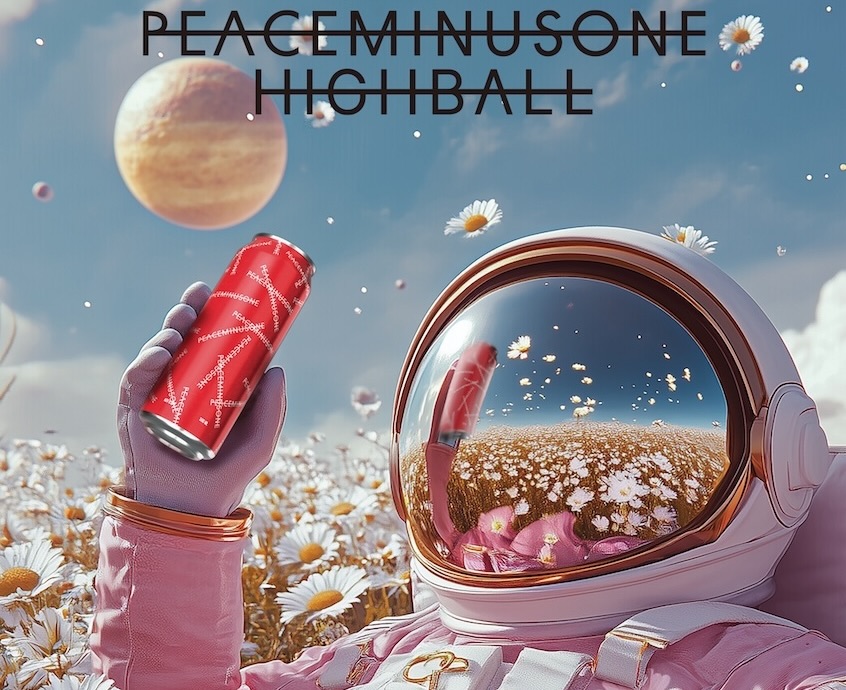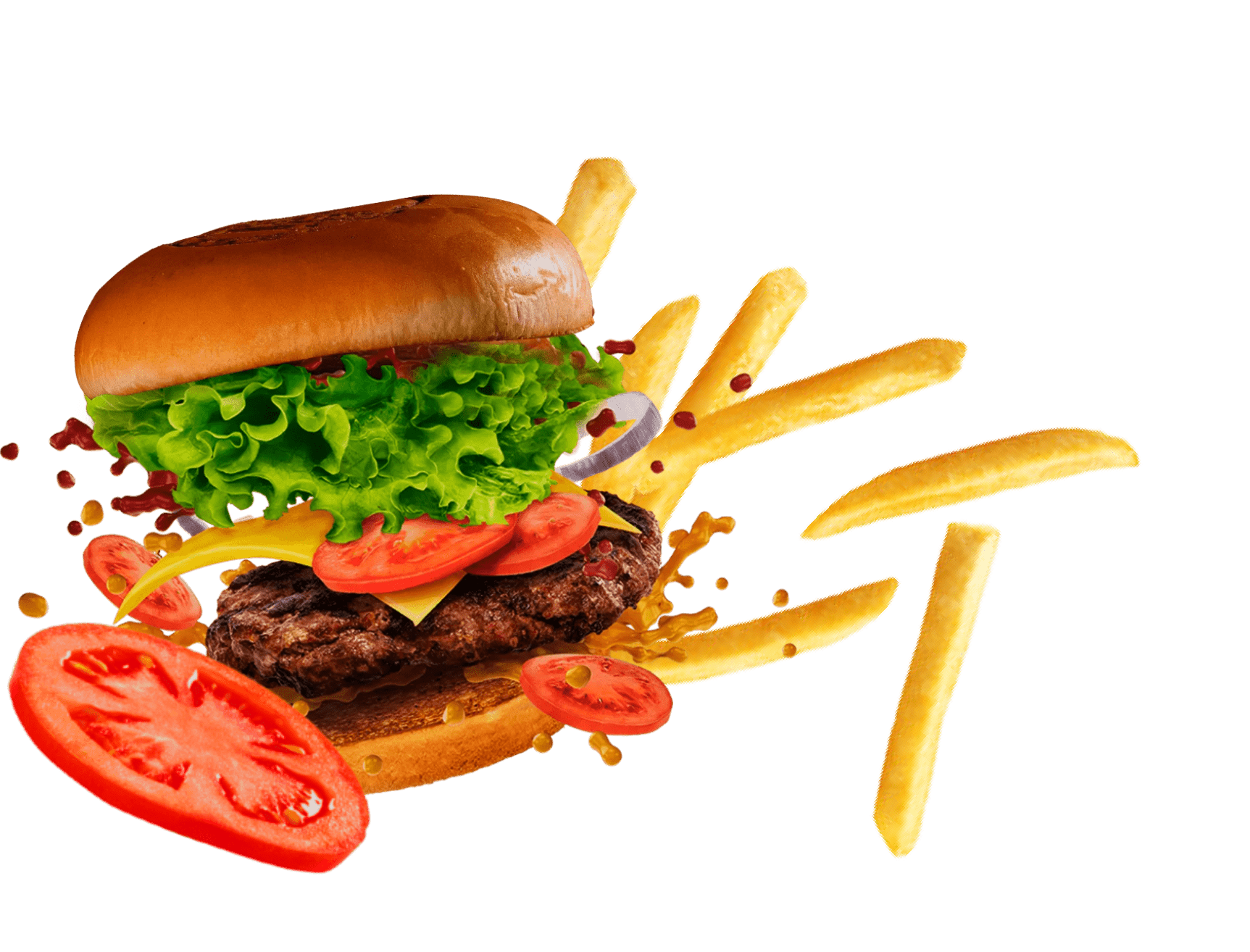Study Suggests That Leonardo da Vinci May Have Used Egg Yolk In The Mona Lisa
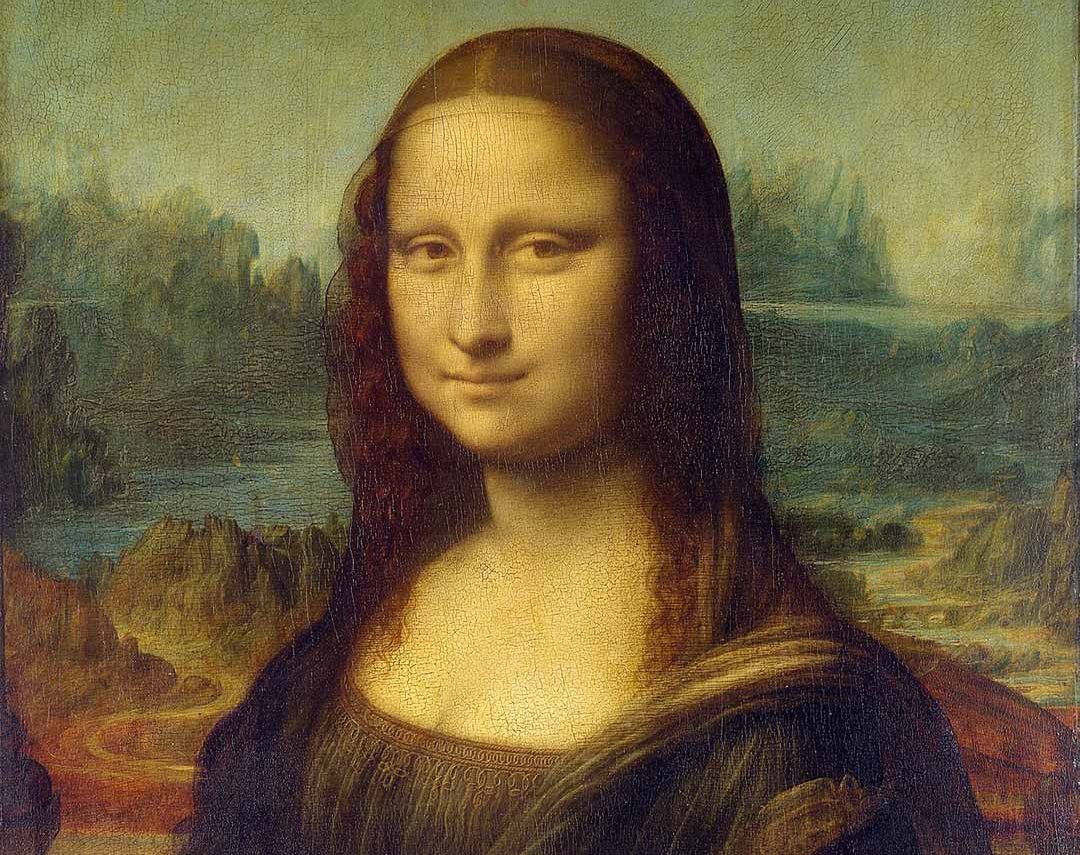
In our technology-driven world, sometimes you can take for granted how more convenient things are now than they were for those before us. According to CNN, a new study published in the journal Nature Communications has discovered that protein residue detected in many classic oil paintings may have been added intentionally.
Previously, it was believed that trace quantities of protein were a result of contamination. Yet the study has explored the techniques used by classic painters from the 16th, 17th, and early 18th centuries, revealing some surprising things.
In an interview, study author Ophélie Ranquet of the Institute of Mechanical Process Engineering and Mechanics at the Karlsruhe Institute of Technology in Germany said, “There are very few written sources about this and no scientific work has been done before to investigate the subject in such depth. Our results show that even with a very small amount of egg yolk, you can achieve an amazing change of properties in oil paint, demonstrating how it might have been beneficial for the artists.”

Famous artists like Rembrandt and Leonardo da Vinci may have used egg yolk to give paint more intense color. Transitions between colors are also smoother, and the paint itself takes longer to dry, allowing it to be used for several days. Egg yolk in paint first appeared in seventh century Central Asia before spreading to Northern Europe and Italy.
“The addition of egg yolk is beneficial because it can tune the properties of these paints in a drastic way,” Ranquet said, “For example by showing aging differently: It takes a longer time for the paint to oxidize, because of the antioxidants contained in the yolk.”
Paint behavior and viscosity is impacted by a chemical reaction between oil, pigment, and yolk protein. The addition of the protein makes multiple layers of paint easier to apply. It also gives the paint increased stiffness, simplifying techniques like “high impasto,” which is when you paint in thick strokes, leaving the brush marks visible.
During the study, direct evidence of egg yolk use was found in da Vinci’s “Madonna of the Carnation.” Wrinkling on the faces of Mary and the child indicate the use of egg yolk. It’s used to reduce and slow wrinkling down, which has helped the painting itself retain much of its quality. Egg protein was also found in Botticelli’s “The Lamentation Over the Dead Christ.” While the painting mostly consists of tempera, oil was used for the background and several secondary parts.
Ranquet shares more about their findings, “We knew that some parts of the paintings show brushstrokes that are typical for what we call an oil painting, and yet we detected the presence of proteins. Because it’s a very small quantity and they are difficult to detect, this might be dismissed as contamination: in workshops, artists used many different things, and maybe the eggs were just from the tempera.”
Ranquet believes the presence of egg yolk was intentional due to the artists being aware of its positive effect on oil paint. He hopes their findings inspire further research into this subject.


